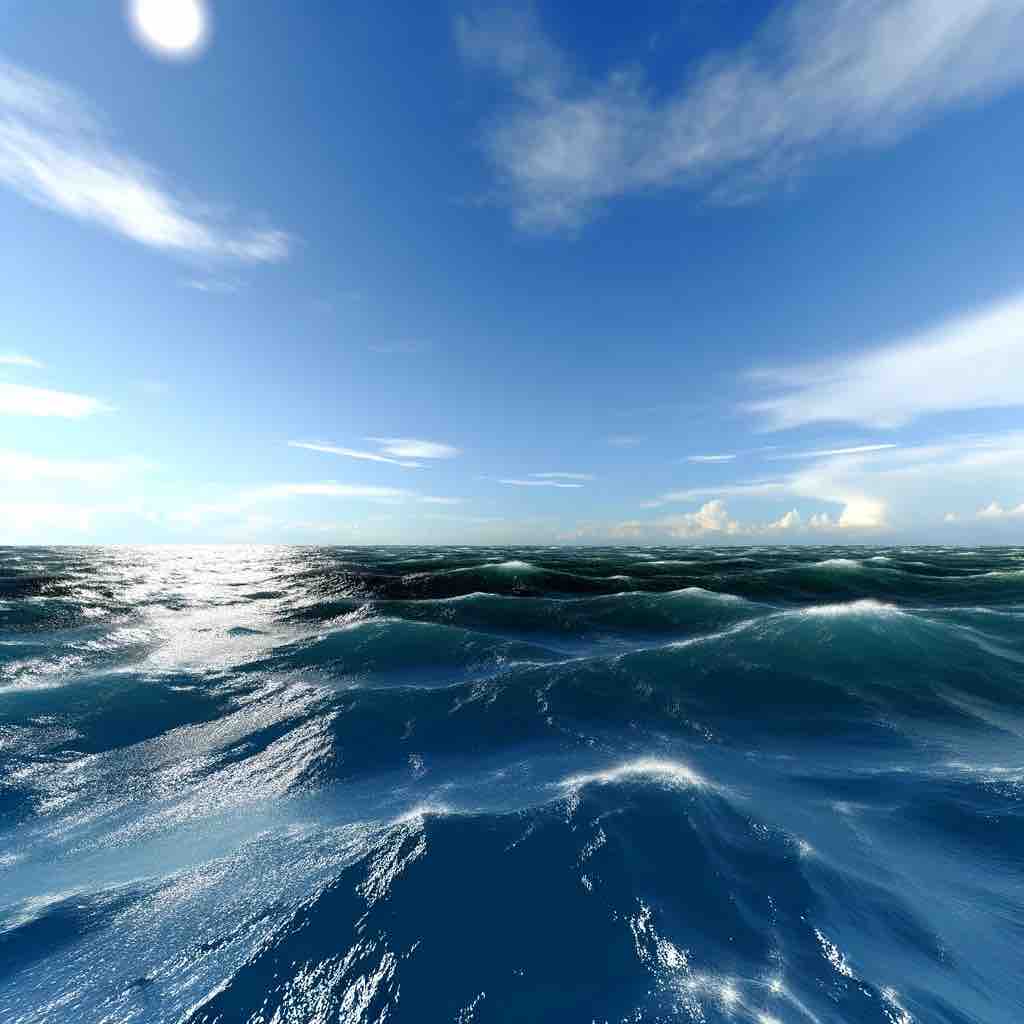Ah, the ocean—that vast, mysterious expanse that covers over 70% of the Earth’s surface—has long been a canvas for the human imagination.
It’s been painted with tales of monstrous leviathans, hidden worlds, and a myriad of myths and misconceptions since ancient times, each more intriguing than the last.
Yet, beyond the allure of these fables lies a critical reason to sift fact from fiction: the health of the globe’s most significant ecosystem.
Today, we bust six of those myths to not only stir the waters of curiosity, but to foster a greater appreciation and responsibility for our blue planet’s biome.
Let’s dive in, shall we?
Today’s Focus of Attention is reader-supported. We sometimes include products we think are useful for our readers. If you buy through links on this page, we may earn a small commission.
Myth 1. The Ocean is Fully Explored
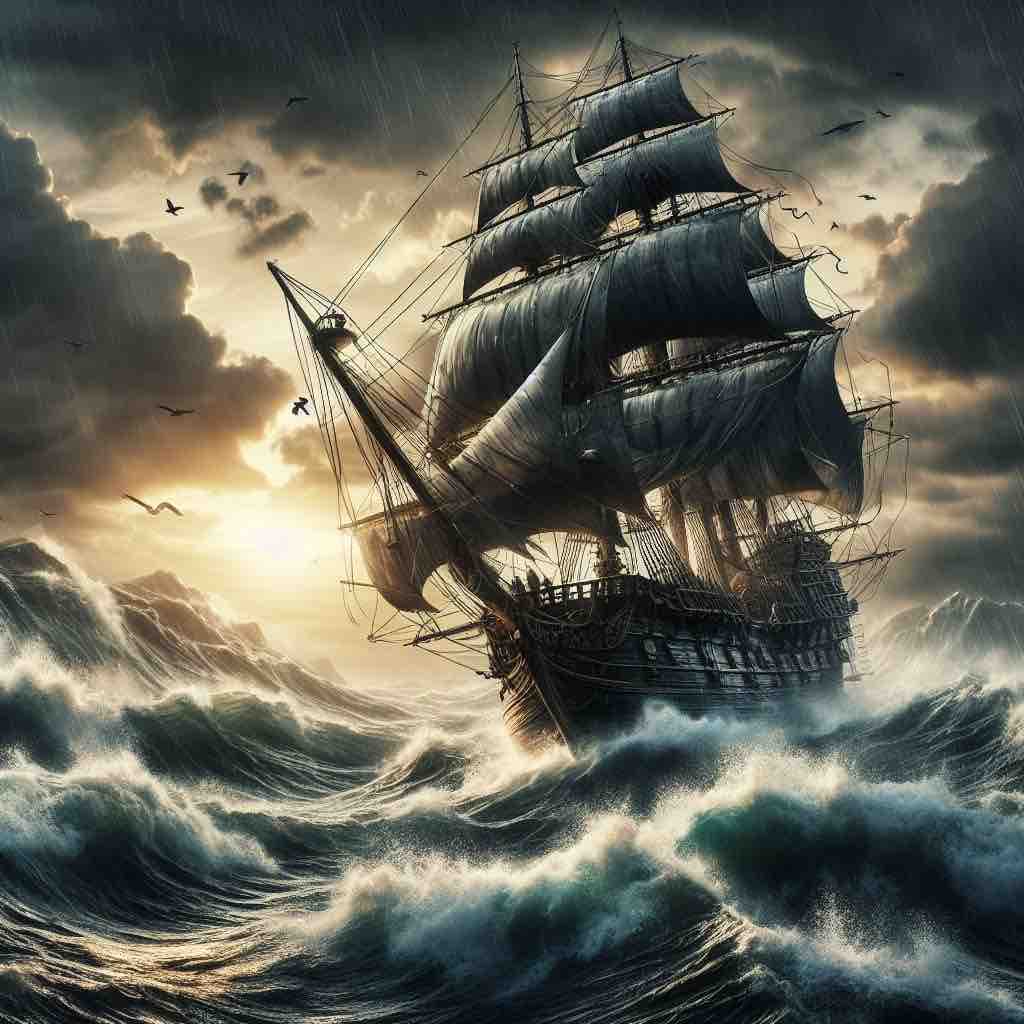
In defiance of the general belief that we have charted the colossal waters, the reality is quite the opposite.
The surface where ships roam and our favourite vacations take place has been sailed for thousands of years. So, we can say that it’s kind of well known.
For instance:
- James Cook, with his ship Endeavour in the 18th century, provided the first accurate map of the Pacific Ocean.
- Matthew Maury published the earliest book about oceanography in 1855.
- From 1831 to 1836, Charles Darwin, aboard the HMS Beagle, voyaged around the world, cataloguing and studying new animals and plants.
- Fridtjof Nansen pioneered by crossing the Greenland interior (1888) and the North Pole (1893).
- Vagn Ekman developed theories to explain the dynamics of ocean currents in 1905.
“Water, water, everywhere, nor any drop to drink.” The Rime of the Ancient Mariner by Samuel Taylor Coleridge
But underneath such a thin line separating the ocean’s skin from what lies beneath, the deepness presents itself as a hidden chapter of an open book.
A Baffling Riddle Below the Waves
About 80% of this submerged realm continues to be an enigma. Through technology, we know how deep the ocean is, where the trenches and the tectonic plates are, but they stay untouched and unseen by human eyes.
The briny waters, with their crushing pressures and eternal darkness, present a formidable challenge to our advanced technologies.
They hold a tantalising promise of unknown species, unexplored ecosystems, and breathtaking geological marvels lying in their depths.
The Deepness in Literature
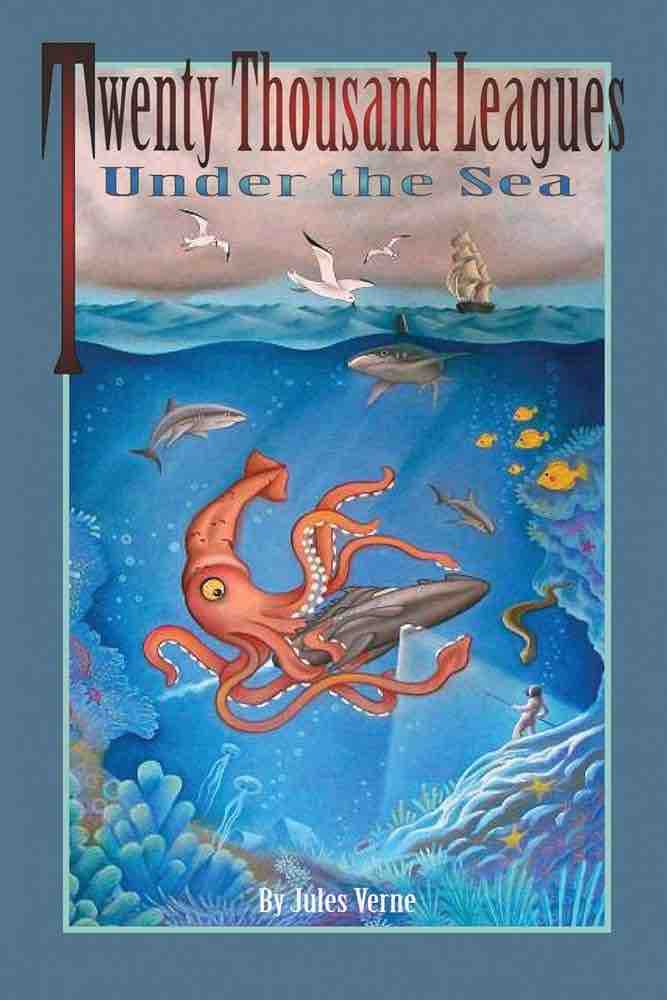
A book that aroused fascination about the inscrutable secrets of the ocean was “Twenty Thousand Leagues Under the Sea” by Jules Verne, published in 1870.
The story revolves around an enormous and cryptic monster sighted at various locations in the sea. Such a mystery sparked a search for the creature, which turned out to be Captain Nemo’s man-made submarine, the Nautilus.
The novel, filled with adventures and discoveries, is a fascinating tale of exploration and the wonders of science.
“The sea is only the embodiment of a supernatural and wonderful existence. It is nothing but love and emotion; it is the ‘Living Infinite’…The globe began with the sea, so to speak, and who knows if it will not end with it? In it is supreme tranquillity.” Twenty Thousand Leagues Under the Sea
An Era Opening New Frontiers
The real exploration of the depths started in the 20th century. Technological innovations allowed many endeavours to discover new species, artefacts from ancient cultures, treasures, debunk myths, or discover facts about shipwrecks.
To name a few:
- William Beebe was the first scientist to descend into the deep to observe unseen forms of underwater life.
- Jacques Piccard, a pioneer who explored the deepest part of the ocean
- Robert Ballard, the leader of the crew that discovered the famous wreck of the RMS Titanic
- James Cameron, director of the Oscar-winning film Titanic, broke the ground when he made a solo dive to the Mariana Trench.
But I reckon that who inspired the most and showed the true nature of the aquatic kingdom was Jacques Cousteau, a naval officer, researcher, scientist, conservationist, filmmaker, and explorer.
He hosted and created the acclaimed TV documentaries “The Undersea World of Jacques Cousteau” from 1968 to 1976, bringing the deep ocean creatures to millions of homes worldwide.
Oceanic Catastrophe
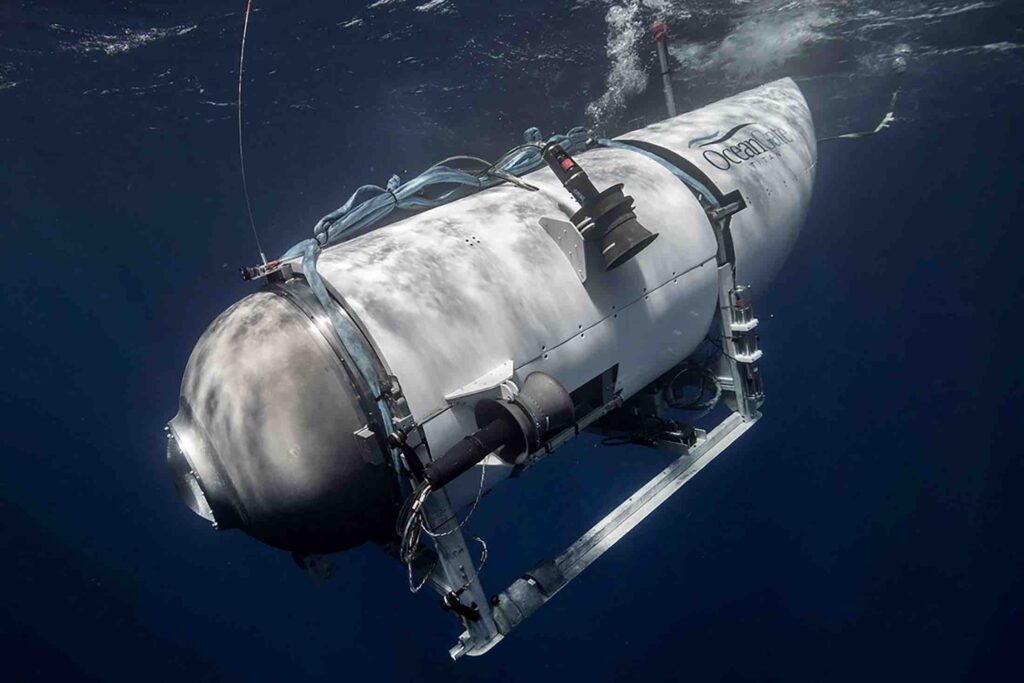
However, not every exploration has been successful; some have fallen into tragedy. The latest occurred on June 18th, 2023.
The Titan, a submersible run by the American tourism company OceanGate, collapsed violently inwards on an expedition to see the Titanic wreck in the North Atlantic.
At the time the submersible lost contact with its mother ship, the US Navy detected an acoustic signature consistent with an implosion. The pressure hull imploded while the Titan was descending, resulting in the instantaneous deaths of all five occupants.
The ocean is nothing to play with. Throughout history, countless lives have been lost, and perhaps more will.
Myth 2. Flat and Uninteresting Seabed
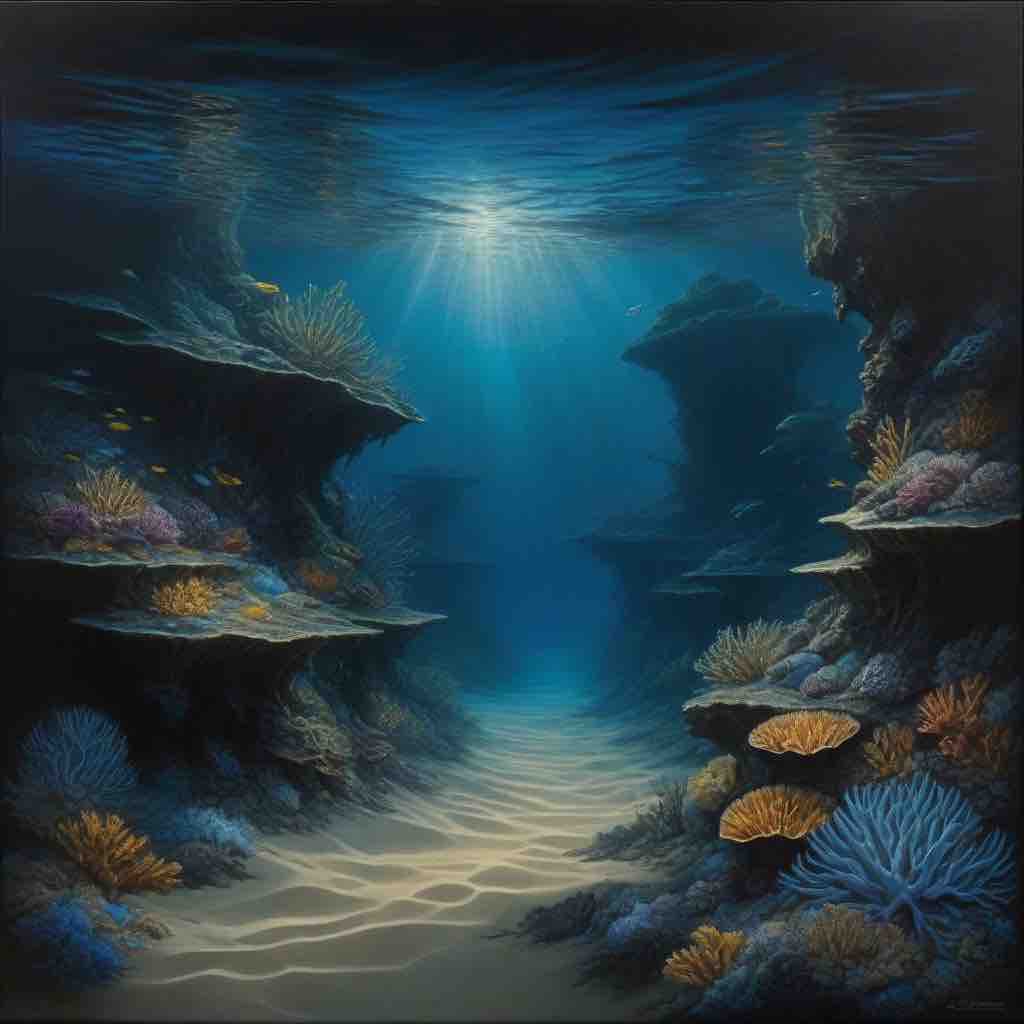
The notion that the ocean floor is a vast, desolate sand plain couldn’t be further from the truth. The submarine terrain is a mosaic of dramatic landscapes, from towering mountains that dwarf Everest to deep trenches, volcanic ridges, and sprawling canyons.
Picture the Earth’s surface, with cordilleras, hills, valleys, and deserts, but immersed.
These underwater marvels are not just geological features; they are vibrant ecosystems teeming with living beings, each adapted to its unique habitat.
Majestic Ocean Trenches
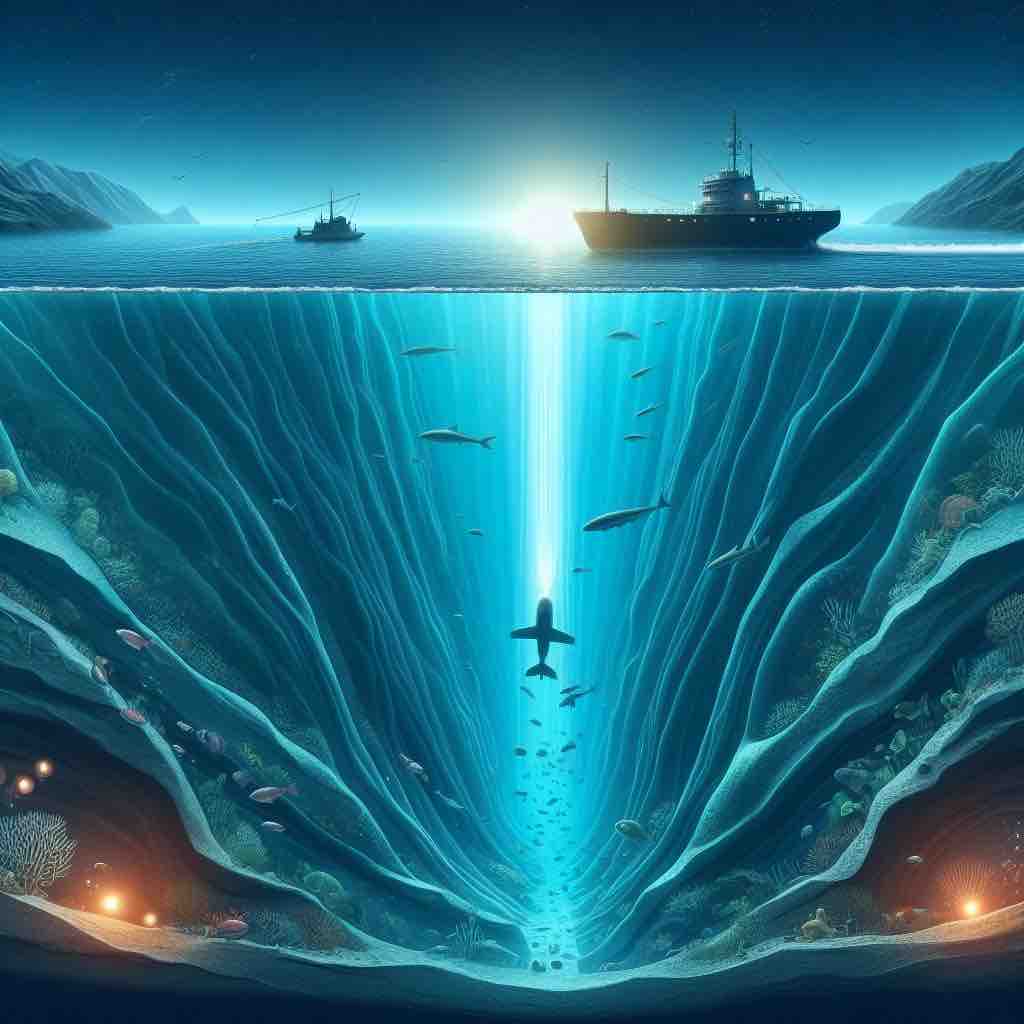
| Trench | Location | Depth (metres) | Length (km) |
|---|---|---|---|
| Marianas Trench | Western Pacific | 10,994 | 2,540 |
| Philippine Trench | East of the Philippines | 10,540 | 1,320 |
| Tonga Trench | South Pacific | 10,882 | 1,375 |
| South Sandwich Trench | South Atlantic | 8,266 | 965 |
| Peru-Chile Trench | Eastern Pacific | 8,065 | 5,900 |
These are photos of species living in the deep abyss of trenches:
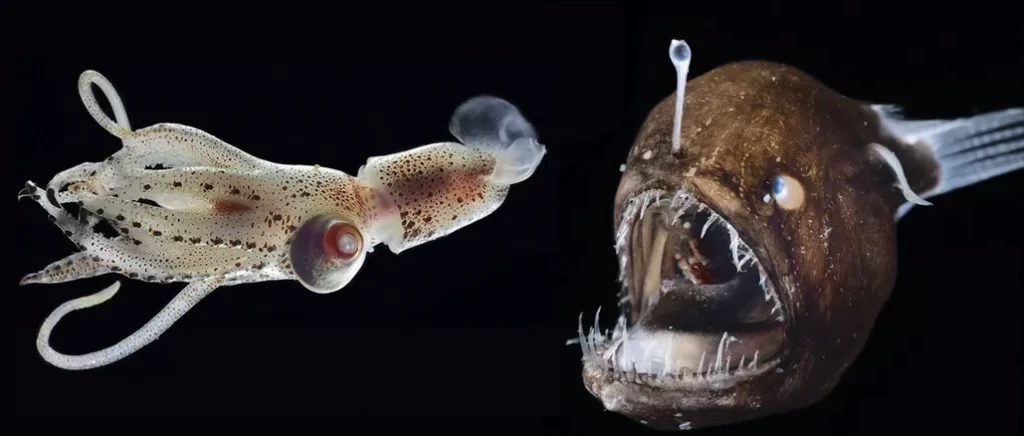
Stunning Underwater Canyons
| Canyon | Location | Length (km) |
|---|---|---|
| Capbreton Canyon | South-east of the Bay of Biscay | 300 |
| Monterey Canyon | Offshore of Moss Landing, California | 153 |
| Great Bahama Canyon | Between the Abaco Islands and Eleuthera Island | 225 |
Submerged Majestic Summits
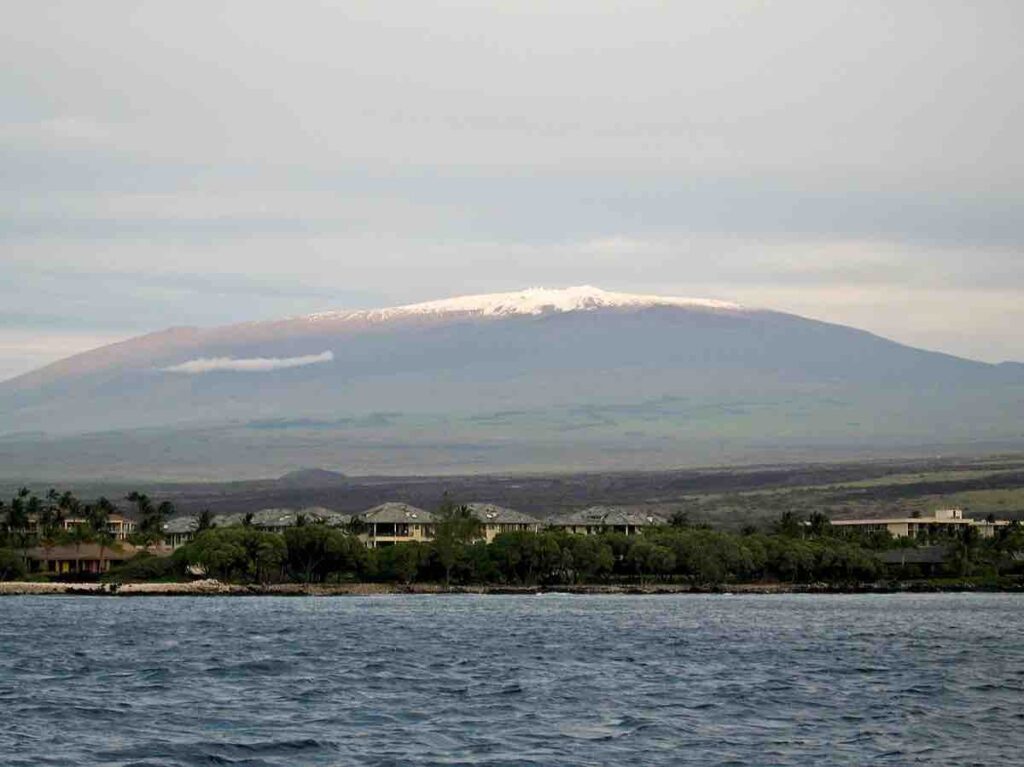
Mauna Kea in Hawaii is the tallest mountain on earth, measuring 10,211 metres from its base on the ocean floor to the surface.
Whispers of Wisdom:
- Mauna Kea remains dormant but not extinct. It hasn’t erupted in a while but could explode again in the future.
- Despite not belonging to a ridge, Mauna Kea is technically a part of the much larger Hawaiian Ridge, which extends from Hawaii to the Aleutian Islands in Alaska.
As the facts reveal, the seabed is decorated with gigantic mountains, cordilleras, and geographical features that perhaps we will never touch. Besides, the species inhabiting those places must have a beauty and virgin strangeness that would surprise even the most indifferent individual.

Myth 3. The Ocean’s Invincibility Against Human Impact
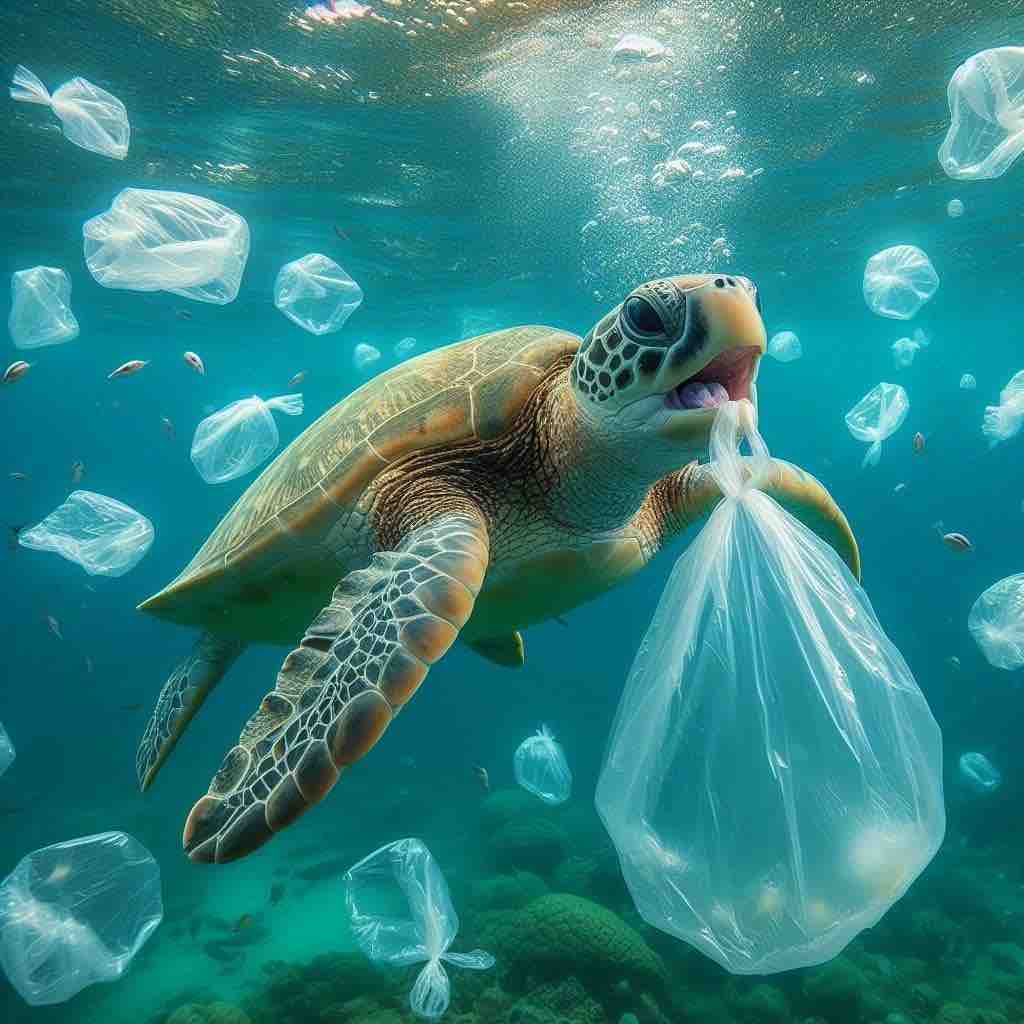
Believing that the ocean is too big to be affected by us is amongst the deadliest misconceptions. The truth is that the fragile ocean, despite its enormity, has been under constant siege for decades: pollution, overfishing, and mining.
These activities have indelibly marred the marine environment, proving that still the largest of nature’s creations is not immune to human recklessness.
Imagine a sea turtle duped into ingesting plastic bags under the guise of jellyfish, only to die from suffocation.
This tragic imagery underscores a pressing verity: our actions have profound effects on the ocean’s delicate ecosystems.
The Rubbish Tide
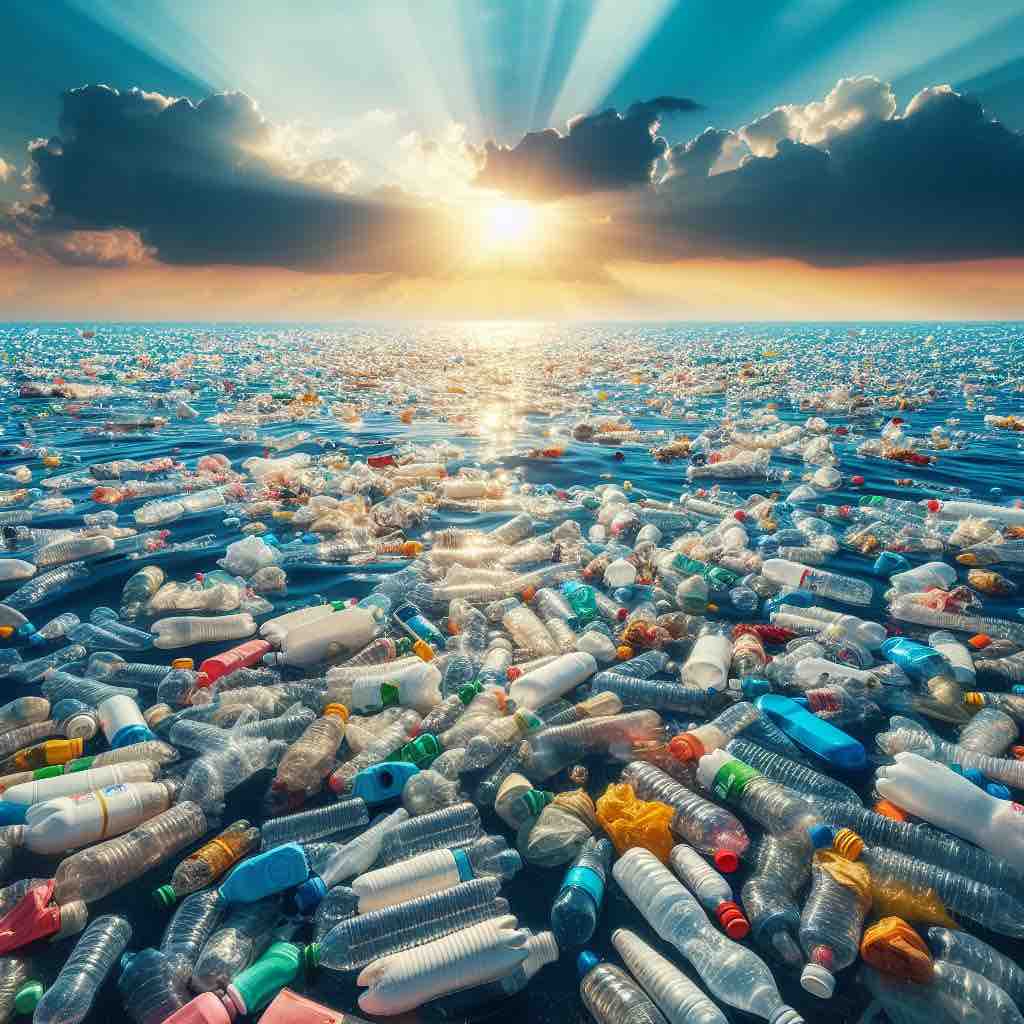
In the Pacific Ocean, an enormous area of debris serves as a testament to the immense pollution we have caused: the Great Pacific Garbage Patch. Spanning from the West Coast of North America to Japan, it covers 1.6 million square kilometres.
But this isn’t a solid ground; it consists of suspended fingernail-sized or smaller plastic particles in the upper water.
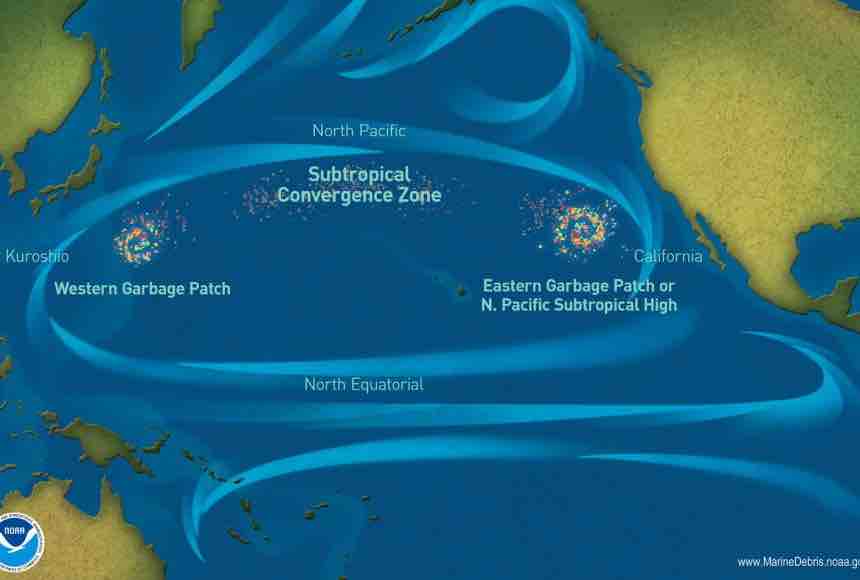
The issue with plastics is their non-biodegradability. They breakdown into tinier pieces with passing time, becoming what is called ‘nanoplastics.’
These microscopic fragments can enter our cells, brains, and bloodstream, causing inflammation and, according to studies, even changing our DNA to its core.
Check out this image to compare the size of microplastics with common things:
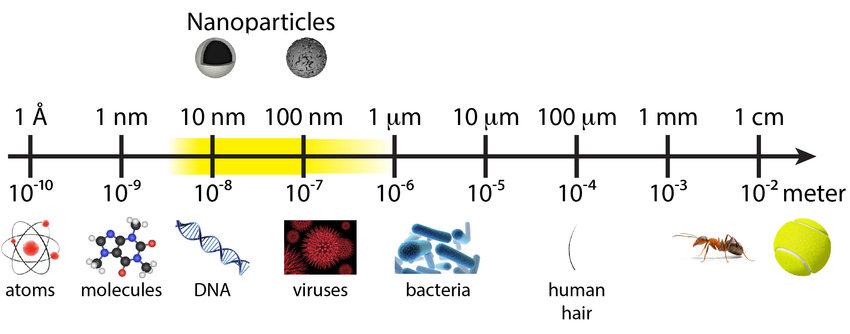
Who’s to Blame?
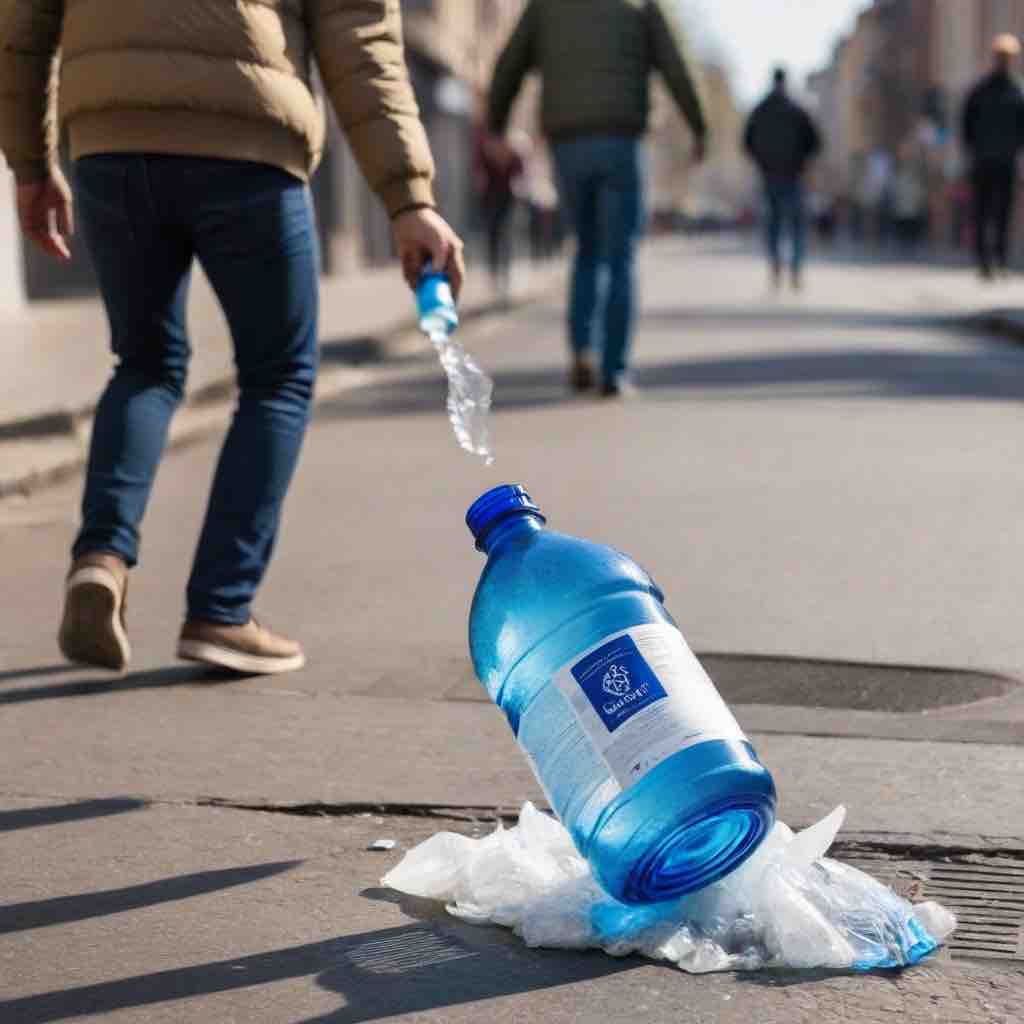
People who throw PET bottles, straws, bags, and candy wrappers into streets, sewers, rivers, and beaches should be held accountable for the waste that ends up in the sea. In truth, the most common marine rubbish is cigarette butts.
Due to this barbaric action, the water currents carry the debris to the ocean when it rains, making it take a global tour.
That is the stark reality.
Now, the question is, are we eating plastic each time we consume fish? Of course, and we don’t know the immediate consequences of that.
Perhaps the impact on our bodies has caused some of our prevalent illnesses and conditions, but who knows?
“The sea is everything. Its breath is pure and life-giving. It is an immense desert place where man is never lonely, for he senses the weaving of Creation on every hand.” Twenty Thousand Leagues Under the Sea.
Did you know that most of the oxygen we breathe comes from the ocean?
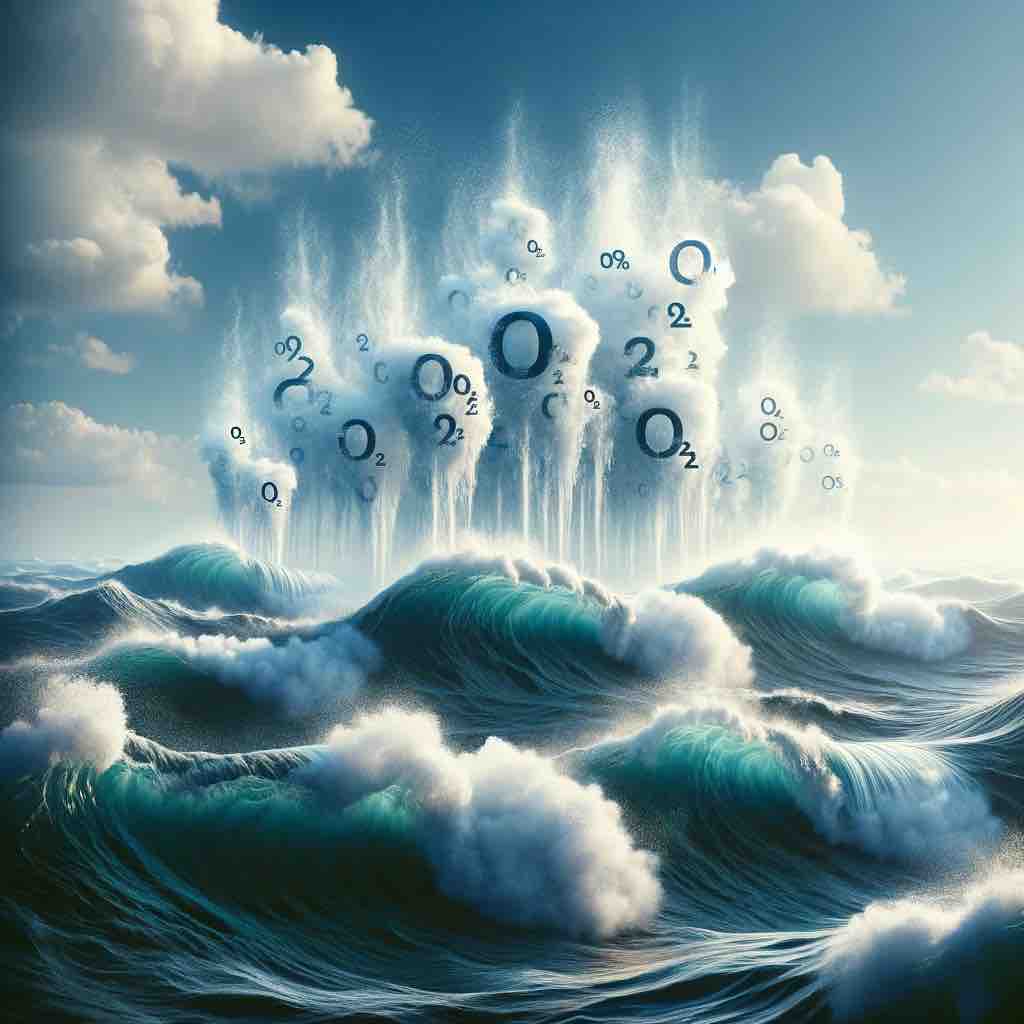
Scientists estimate that half of the oxygen generated on Earth is marine-derived, and the majority of this production is from oceanic plankton—drifting plants, algae, and bacteria that photosynthesise.
One particular species, Prochlorococcus, the smallest photosynthetic organism on the planet, produces over 20% of the invisible life elixir in our entire biosphere alone.
This exceeds what all the tropical rainforests and land combined produce.
So, while trees do contribute a significant amount of O2, the world’s watery canvas is indeed the major source of the vital air we breathe.
Myth 4. The Ocean Offers Boundless Resources
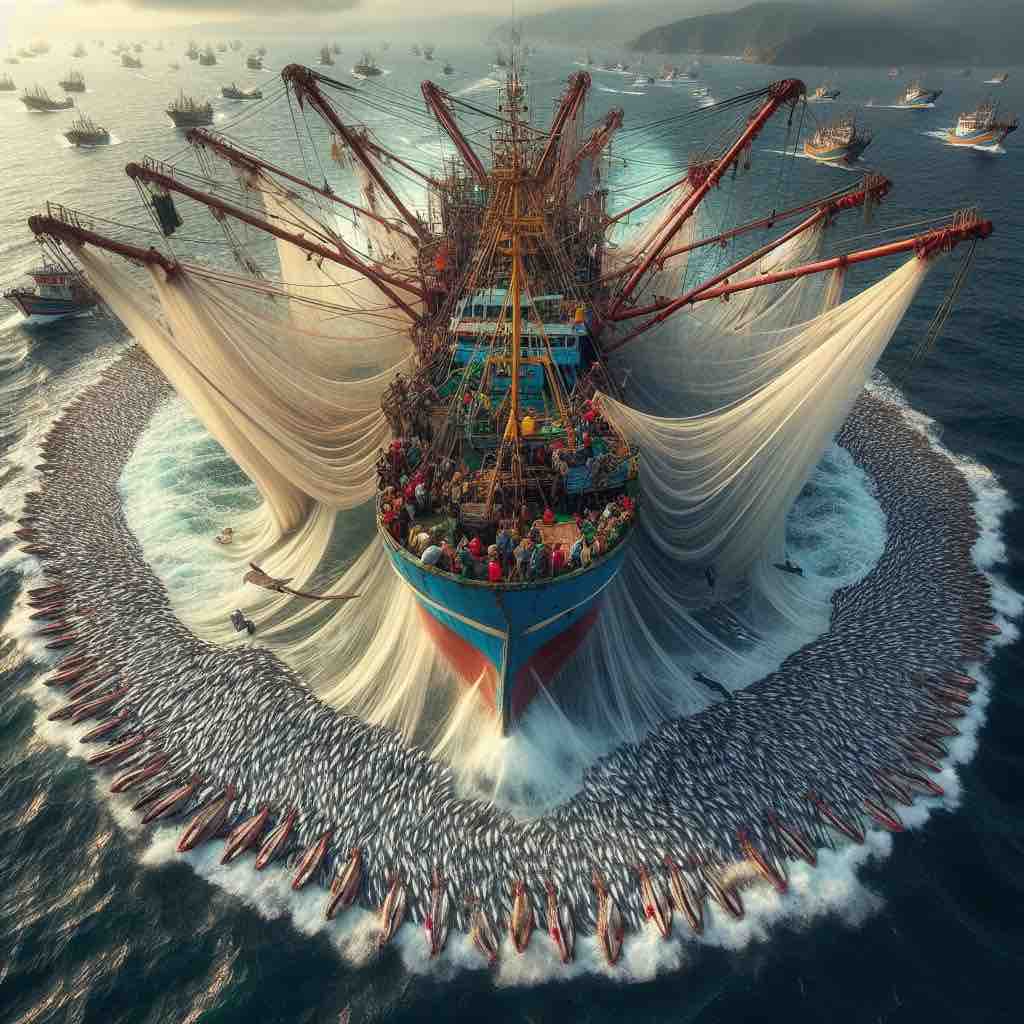
“The infinite bounty of the sea” has led to habitat destruction, overfishing, and extensive mineral exploitation.
The world’s vast blue is not an all-you-can-eat buffet. A plethora of species are dancing on the precipice because of the indiscriminate use of unsustainable practices.
For instance, we overconsume tuna, sardine, prawns, and lobster. And because of that high demand, fishermen do not let those species reach maturity, so in their nets they also catch baby specimens.
Being too small for consumers, they become bait for other fish. Isn’t that cute?
Listed as Vanished
The first marine creature to be declared extinct as a result of human action was a relative of stingrays, the Java Stingaree (Urolophus javanicus). It was spotted last in a Jakarta market in 1862. And despite monitoring and survey efforts, this diamond-shaped ray has not been found since.
Species on the Brink of Extinction
- Dugongs
- Abalone Shellfish
- Pacific Bluefin Tuna
- Chinese Pufferfish
- American Eel
These examples underscore the urgent need for sustainable practices and attempts to protect marine biodiversity.
It’s crucial to observe that the destruction of these species may have far-reaching impacts on aquatic ecosystems since other living organisms depend on them.
Minerals Exploited from the Bottom of the Sea
- Magnesium
- Placer Gold
- Titanium
- Polymetallic Nodules
- Polymetallic Sulphides
- Cobalt-laden Crusts
- Phosphorites
- Rare Earth Element-Rich Mud
Impact of Deep-Sea Mining
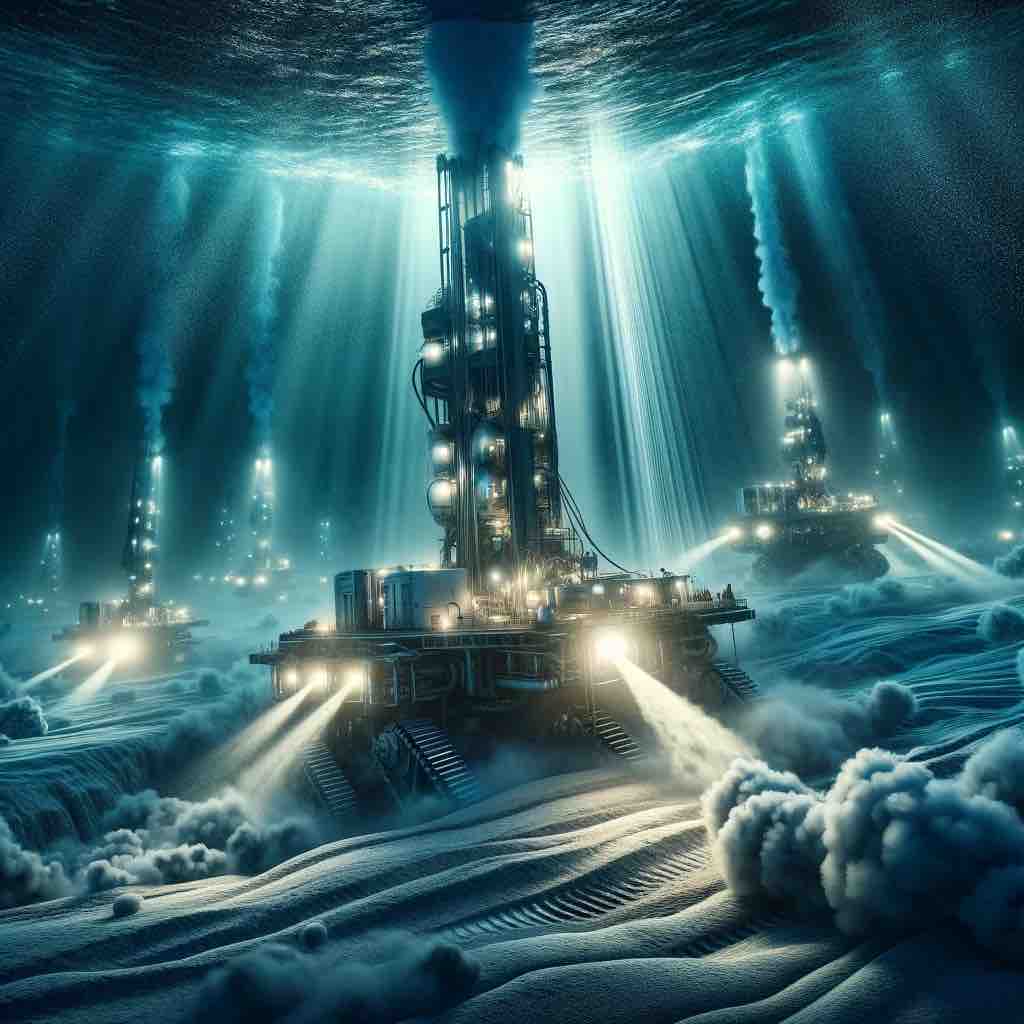
- Creatures may face extinction from habitat removal because of the movement of the ocean floor.
- Digging operations contaminate food sources with drill cuttings or other byproducts.
- The noise of the machinery affects wildlife, displacing animals from their natural environment and forcing them to find a more dangerous, unknown one.
- Excavations release carbon stored on the seabed.
- Introduction of toxic substances to the ocean.
- Light from mining disrupts the ability of some species to survive.
The more resources we demand, the more damage to our planet. I’m not saying we should not take advantage of nature and its generosity, but many practices are not green-minded.
What’s the solution, then?
We have solved problems with technology before, so there must be a way to meet our needs without harming biodiversity.
That could, sooner or later, backfire against us.
Myth 5. Sharks are Man-Eating Monsters
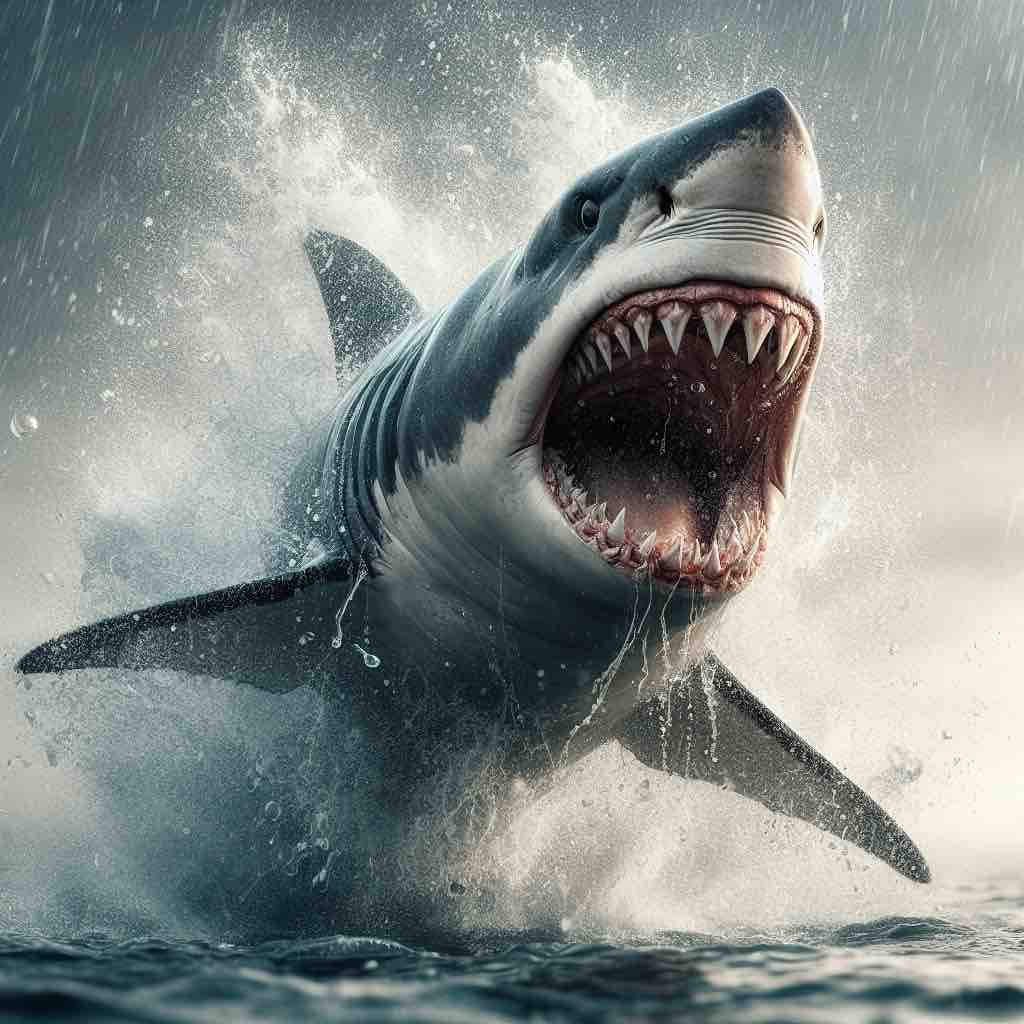
For too long, we have labelled sharks as villains, lurking beneath the waves, waiting for an innocent swimmer to make a splash and rip a limb.
Owing to sensationalist movies (thank you, Steven Spielberg, for “Jaws I, II, and III”), we believe that sharks are apex predators with evil minds focused on killing and mutilating people.
But sharks do not show interest in humans, and incidents involving attacks are rare and often result from mistaken identities.
This selachian creature plays a role in the ocean’s health, keeping other populations in check.
Creatures More Dangerous Than Sharks
Compared with sharks, these animals pose a far greater threat:
- Titan triggerfish are known to bite divers’ fins and flesh, although they haven’t been provoked.
- Stingray: In 2006, conservationist and iconic animal-themed TV personality Steve Irwin died at the hands (or tail) of a stingray.
- Electric Eel: When something gets close, this snake-like fish discharges volts of electricity and shocks the intruder, sometimes to death.
- Saltwater Crocodile: Its jaw has up to 10 times more strength than the great white shark’s.
- Pufferfish: Its venom is as toxic as cyanide.
- Dolphins: Weird as it sounds, there have been numerous cases of aggressive behaviour and attacks towards humans.
Statistics: Sharks vs. Hippos


In 2023, the International Shark Attack File investigated 120 alleged shark-human interactions worldwide. Of these, 69 were confirmed as unprovoked, with 64 fatalities.
On the other hand, hippos are considered one of the most lethal animals in Africa, with about 500 kills every year. Most of the deaths belong to fishermen doing their jobs in lakes and rivers.
Myth 6. Melting Icebergs and Rising Seas
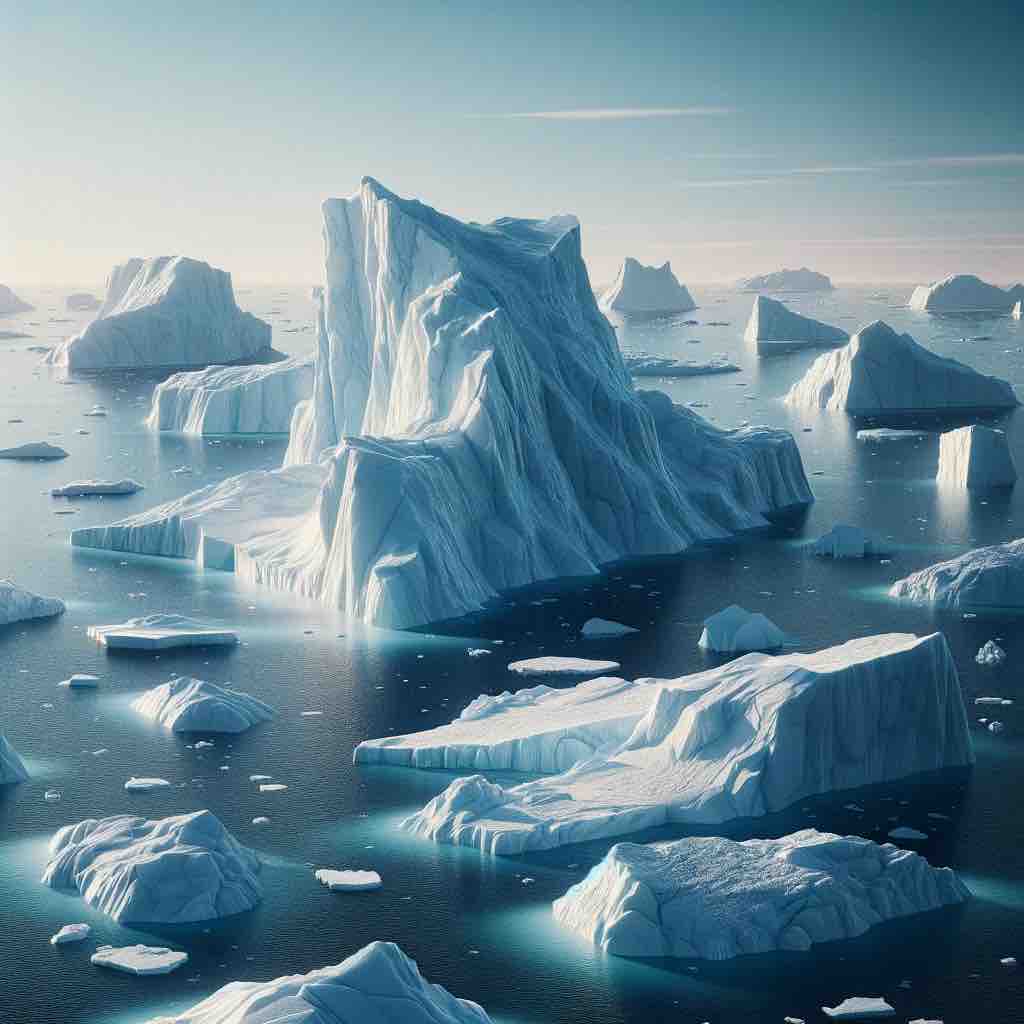
If all the icebergs in the world melted, they would cause a rise in the sea level, of course, but not as much as you might think.
When icebergs are floating in the ocean, they displace the same amount of fluid as their own mass. Thus, if they transitioned from solid to liquid, it wouldn’t increase the volume significantly.
A Plot Twist
A different story would be if all the ice on land, including that in Greenland and Antarctica, were to melt. This would indeed add a significant quantity of water to the oceans and cause a massive tidal surge.
As reported by National Geographic, if this situation happened, the rise in sea level would be close to 66 metres. And that’d be catastrophic.
Coastal cities such as London, New York, and Shanghai would be submerged.
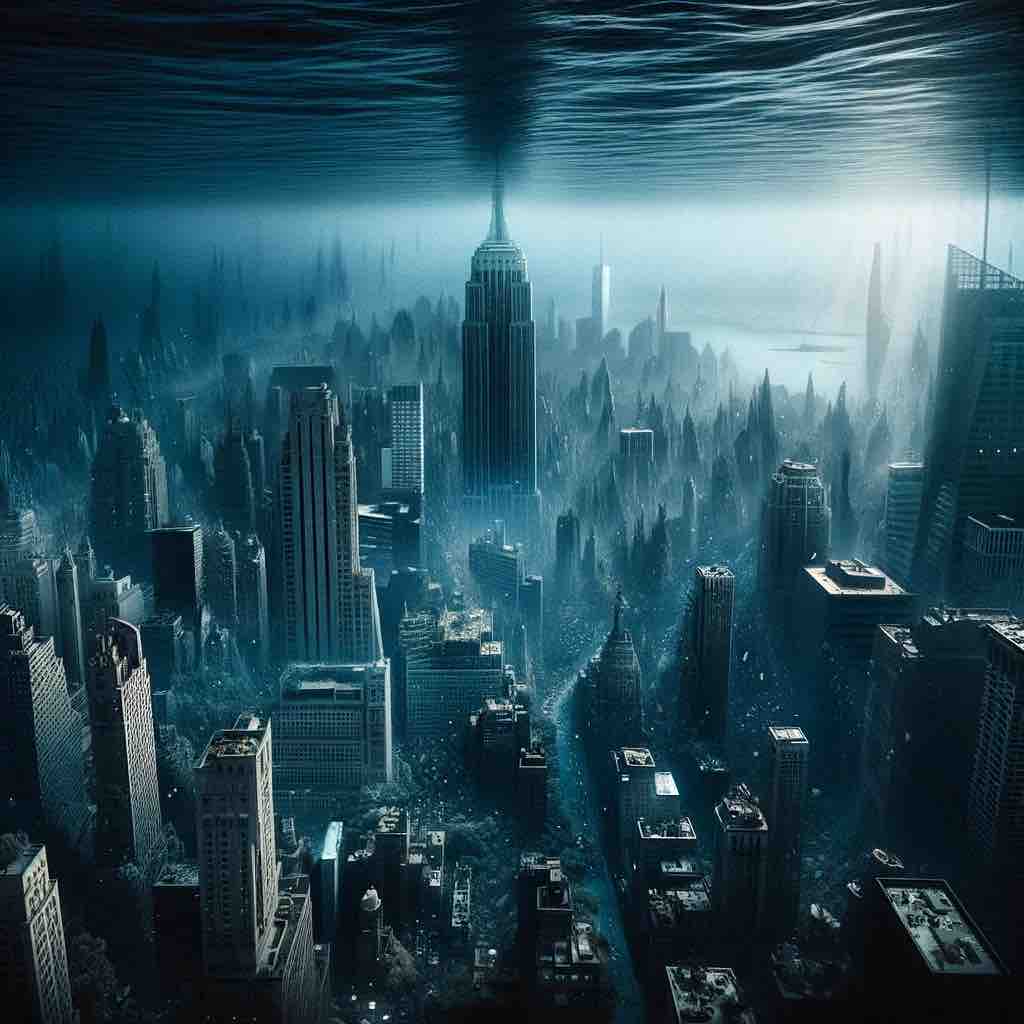
Apart from that, the advancing saltwater would infiltrate groundwater reserves inland, destroying freshwater aquifers. Furthermore, the melting of all ice would disrupt ocean currents and weather patterns, leading to more frequent storms, floods, and hurricanes.
Though this is a hypothetical scenario, climate change induces thawing at an unprecedented rate, which is a cause of concern.
Therefore, anything we do to mitigate the effects of global warming is crucial to avoiding these potential outcomes.
An ounce of prevention is worth a pound of cure.
Ocean Conservation
So, there you have it—a veritable treasure trove of debunked myths.
The ocean remains our planet’s most fascinating biome, full of mystery and wonder, but don’t forget to approach it with caution and a keen eye for the facts. Let’s commit to being champions of the briny and treat it as a part of our home, as we rely on it for our nourishment, enjoyment, and lives.
Next time you go to the beach, river, lake, or just on the streets, do not throw any rubbish on the pavement or water, and encourage others about it. In the end, that plastic bottle, cap, candy wrap, cigarette butt, or bag will appear in the stomach of an animal you might buy in a supermarket later.
As the popular adage states, “what goes around comes around.”
So, what would you do to shift the tide?


